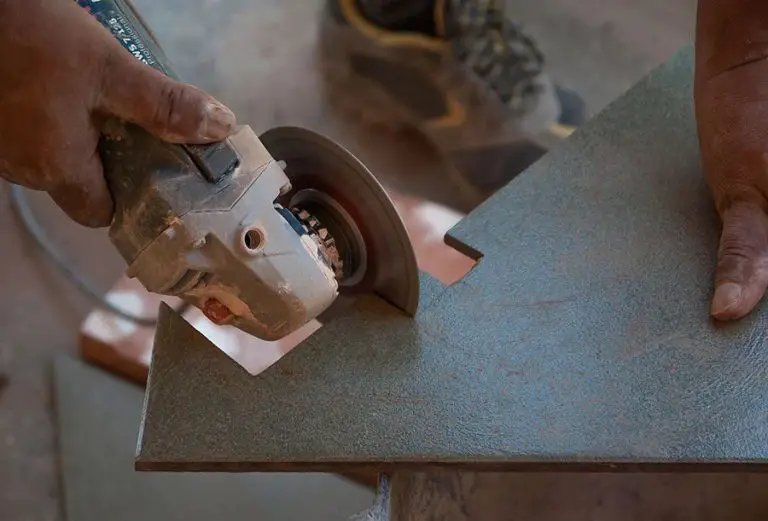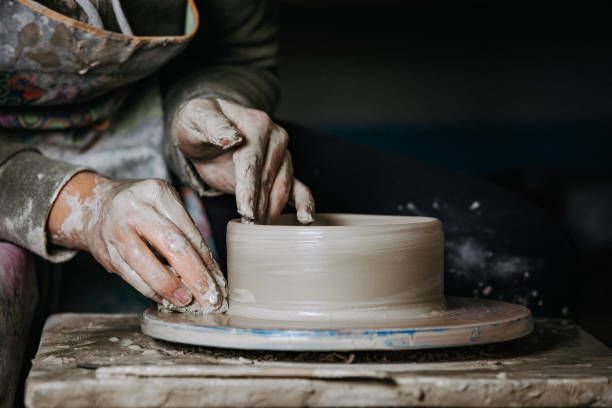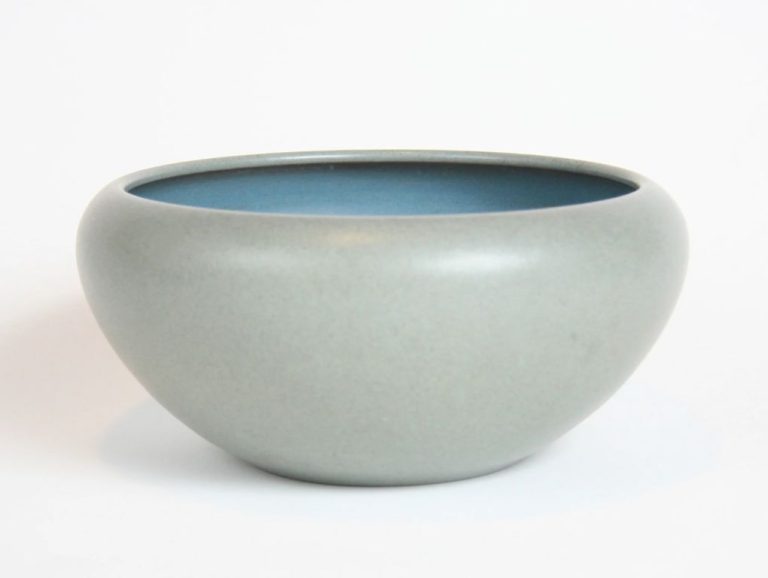How Do You Fold Cardstock Into A Box?
Folding cardstock paper into decorative boxes is a fun and creative craft project. Cardstock boxes have many uses, like gift boxes, jewelry boxes, boxes for trinkets, or just for decoration. To get started on this easy DIY project, you just need some basic supplies – cardstock paper, a ruler, a scoring tool, scissors, and decorations like stickers, ribbon, or glitter.
In this guide, we’ll walk through the steps on how to fold and assemble cardstock into a box shape. We’ll cover how to measure and cut the cardstock, make score lines so it folds easily, assemble it into a box, and decorate it. With just cardstock and a few simple tools, you can create custom handmade boxes for gifts, storage, or display.
Selecting Cardstock

When choosing cardstock to make a box, opt for an 80-120 lb weight for the best results. An 80 lb cardstock provides a good balance of flexibility and sturdiness for assembling the box while remaining lightweight enough for easy folding and scoring. Heavier weights up to 120 lb create a more substantial box that can hold heavier items without collapsing. According to https://finecardstock.com/topic/how-to-make-a-box-out-of-cardstock/, an eighty-pound weight is usually ideal for DIY boxes.
Cardstock sheets are commonly available in 8.5″ x 11″, 12″ x 12″, and 8.5″ x 14″ sizes at craft stores. Larger sheets provide more surface area to create bigger boxes. Smaller sheets work well for miniature boxes or favor boxes. Consider the size of the finished box when purchasing cardstock.
Cardstock comes in every color and pattern imaginable. Select colors and designs that coordinate with the purpose or theme of the box. Solid color cardstock allows for custom decoration while patterned sheets make a bold style statement. The cardstock itself becomes part of the box’s decoration.
Measure and Cut Cardstock
Start by measuring and cutting your cardstock to the desired size for your box using a ruler and a craft knife or scissors. For a standard rectangular box, cut one piece for the bottom, two pieces for the sides, and two pieces for the top and bottom flaps. Make sure your cuts are clean and straight for even edges. Most experts recommend using an X-Acto knife for precise cuts through cardstock.
To determine the size pieces to cut, decide the interior dimensions you want for the box. Then add the thickness of the cardstock to each dimension. For example, for a 4″ x 6″ box interior, cut the bottom piece 6.25″ x 8.25″ to allow for a 0.25″ seam and thickness on each edge. The side pieces would be 6.25″ x 4.25″, and the top and bottom flaps 6.25″ x 2″. Cut along the outer edges so the interior dimensions are correct after folding.
Score the Cardstock
Scoring is the process of pressing light lines into the cardstock without cutting through it. This allows the cardstock to fold cleanly along the scored line without cracking or creasing improperly. Scoring is essential for getting crisp, even folds when working with thicker paper like cardstock.
To score cardstock, you’ll need a scoring tool like a scoring board, scoring stylus, or bone folder. A scoring board has grooves at various increments that you can use to score paper. Place the cardstock on the scoring board and use a stylus or bone folder to press along the groove, leaving an indentation in the cardstock. Apply even pressure and score in a straight line for the best results.
Proper scoring makes folding cardstock much easier and helps the paper fold neatly at the intended creases. According to this tutorial, evenly spaced scoring lines at precise measurements are important when creating folded projects like gift boxes.
Fold the Cardstock
Once you have scored all the fold lines, it’s time to fold the cardstock along the scored lines. Fold evenly and sharply for clean, crisp edges. Apply pressure evenly when folding to get a crisp crease. Take care not to tear the cardstock when folding – go slow and be careful. It can help to place a metal ruler along the folded edge and run a bone folder or butter knife over it to get a really sharp crease.
Work methodically when folding, doing one section at a time. It is easiest to fold the long side flaps in first, then fold in the short end flaps. Finally fold up the bottom flap. Press each crease firmly as you go for a neat, even fold. Having sharp, clean folds makes assembling the box easier and results in a box with straight sides and crisp corners.
Assemble the Box
Once all the sides of the box are cut and scored, it’s time to assemble the pieces into a box shape. This takes a bit of finesse, but gets easier with practice. Follow these steps:
Lay the box bottom flat on your work surface. Take one of the side pieces and match up the tabs to the bottom piece. Run your finger along the scored lines on the inside to ensure a crisp fold. Apply glue or double-sided tape to the tabs and adhere them to the bottom piece. Glue works best for a very secure bond, while tape allows you to reposition the sides a bit if needed.
Take the opposite side piece and join to the bottom, again gluing or taping the tabs in place. Match the corners carefully so you have a 90 degree angle.
Add the third side to the emerging box shape, completing the three attached sides around the square/rectangular bottom. Finally, add the fourth side, adjusting the tabs until the corners form nice right angles.
Check all four corners, pressing down firmly to secure with glue or tape. Run your finger along the interior folds and edges to crease sharply.
Your box shape should now be assembled. If the sides droop or corners are uneven, reinforce with additional adhesive. Stand the box upright and check it from all angles to ensure the sides meet properly. Let dry fully before adding contents.
Cited from: https://feltmagnet.com/crafts/How-To-Make-A-Gift-Box-From-Cardstock
Create a Lid
To create a lid for your cardstock box, you’ll need to measure and cut a lid piece from cardstock using the same method as when you cut the box pieces. The lid piece should be the same length and width as the bottom panel of the box. Be sure to cut along the score lines.
Once your lid piece is cut, score along all four sides, about 1⁄4 inch from the edges. This will allow the lid to fold neatly and attach securely to the box. Use a ruler and scoring tool or dull knife to create the score lines.
To attach the lid, apply adhesive along three sides of the top edges of the box walls. Then, fold up the sides of the lid piece along the score lines and press the lid into place on the adhesive tabs. The unglued side will act as a hinge, allowing the lid to open and close easily.
For extra security, you can add magnets or velcro dots along the closure edge. You can also decorate the lid with paper, ribbon, photos or any other creative touches.
Decorate the Box
Once your cardstock box is assembled, it’s time for the fun part – decorating! There are endless possibilities when it comes to decorating your box. Here are some ideas:
Painting: Acrylic or watercolor paints work great on cardstock. Paint designs, patterns, or scenes directly onto the box and lid. Allow paint to fully dry before assembling or using the box. Drying time will depend on paint type and thickness of application.
Stickers: All kinds of stickers like acrylic gems, foam stickers, and vinyl stickers can be used. Arrange stickers into shapes, patterns, words, or scenes. Avoid areas where lid will rub against the box.
Paper: Cut shapes, flowers, animals etc. from patterned scrapbook paper, origami paper, or wrapping paper and adhere them with glue. Collage cut paper for a colorful abstract look. Mod Podge over paper decorations for a glossy sealed finish.
You can decorate the lid and box separately for more design options. Just be sure to allow all decorations ample drying time before assembling according to your specific media.
Get creative with decorating your cardstock box! The possibilities are endless for making your box unique with paint, paper, stickers, stamps, and more. Just be sure to allow proper drying time before assembly.
Alternative Box Shapes
Hexagonal or rectangular boxes can make for interesting alternatives to the traditional square box shape. To create these unique boxes, you’ll need to adjust the cardstock measurements and scoring lines.
For a hexagonal box, cut the cardstock into equilateral triangles instead of squares. You will need 6 triangles to assemble into a hexagonal prism shape. Carefully measure and cut each triangle to be the same size. Score halfway down the triangle on the inside to create the fold lines.
Rectangular boxes allow for longer, thinner shapes. Cut rectangles instead of squares by measuring longer lengths for the two parallel sides. Score the cardstock at intervals equal to the width of the smaller ends. Assemble into a rectangular prism shape.
These angular boxes have versatile uses. Hexagons stand out for storing small trinkets and jewelry. The multiple surfaces are great for decorating and designs. Rectangular boxes are perfect for holding pens, make-up brushes, and other elongated items. Get creative with different cardstock patterns and colors to make the shapes part of the decoration.
With some simple adjustments to the measurements and scores, you can create cardstock boxes of all shapes and sizes. The folding technique remains largely the same. Experiment with different polygons and sizes for unique homemade boxes.
Troubleshooting
Folding cardstock boxes can sometimes be tricky, but there are a few tips and tricks to help fix common issues:
If you end up with uneven folds or gaps in the box, go back and re-score the crease lines. Use a bone folder or other scoring tool to ensure each fold line is crisp and precise. According to this article, inconsistent cardboard quality can lead to problems with folding, so using a high quality cardstock is recommended.
To prevent tearing, be sure to score the cardstock before folding. Fold gently and gradually work the crease rather than forcing a sharp fold. If the cardstock does tear, reinforce with tape on the inside of the box or start over with new cardstock.
For smooth edges and tight box joints, apply adhesive carefully and accurately. Use strong adhesives like super glue or E6000 and allow time to fully cure. Wipe away any excess glue before assembling. Clamps, vices, or rubber bands can help apply pressure while the glue sets.
When decorating the box, work slowly and gently to avoid ripping the cardstock. Opt for lightweight decorations and limit any elements near the folds and edges. According to this article, heat sources can also damage cardboard, so avoid heat embossing or hot glue.
With careful scoring, folding, gluing, and decorating, you can create beautiful handmade cardstock boxes without too much troubleshooting needed!




